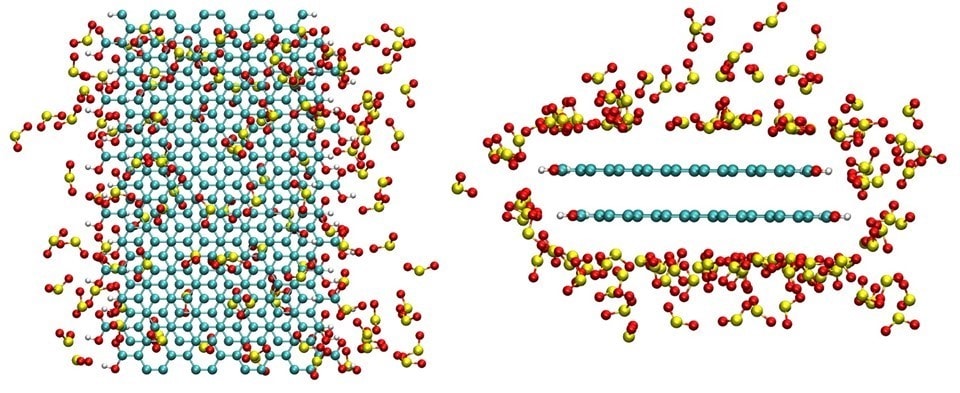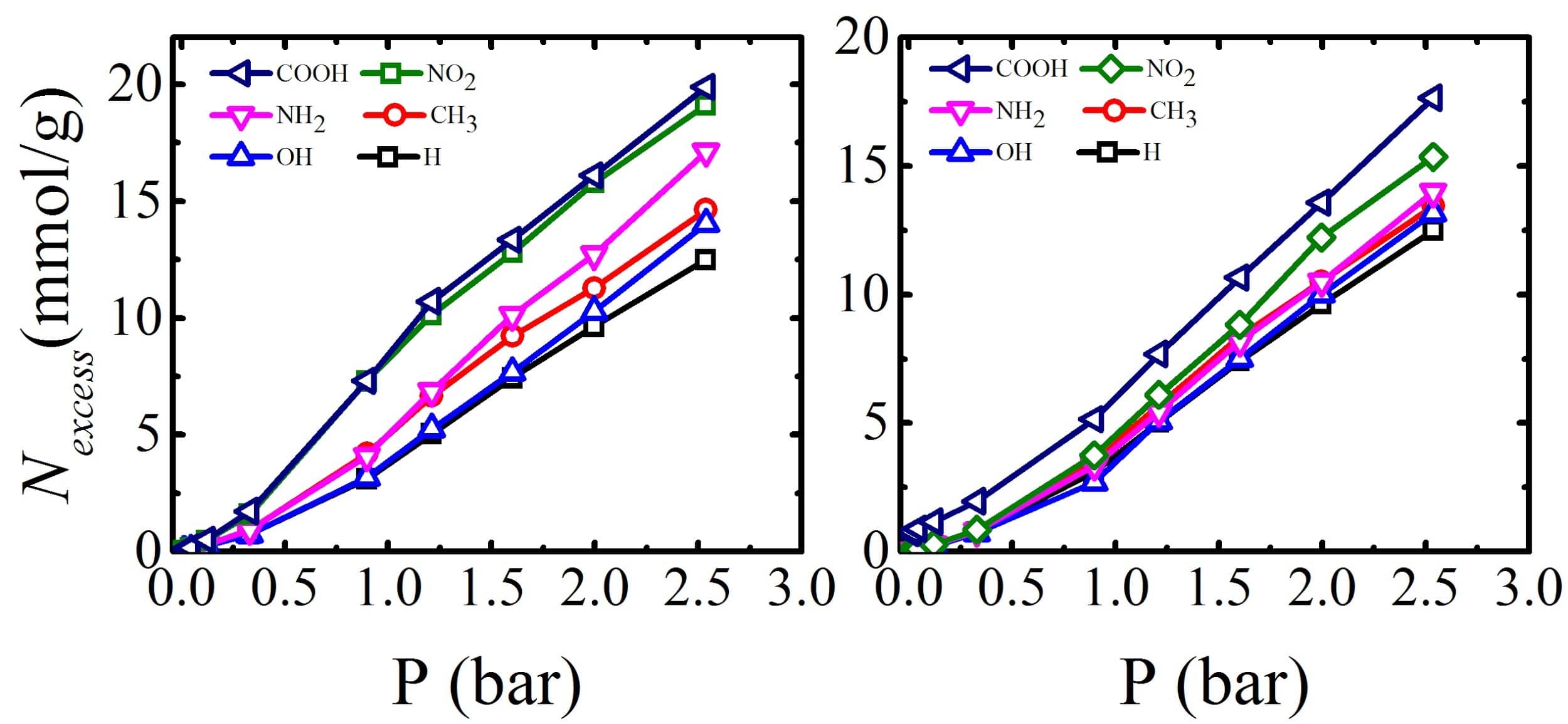
Education / Work History
- Ph.D. Scholar, 2013-present.
- B.Tech., Kanpur University.
Research Topic / Interest
Emission of acidic gases such as CO2 and SO2 due to the burning of fossil fuels has become an environmental and health hazard. So it is warranted to capture these gases from its source point. This can be accomplished using two major techniques viz. adsorption and absorption.
Adsorption process provide an alternative and promising technology for emission control of these gases from flue gas. Compared to the absorption process, adsorption process is relatively simple and less energy intensive without forming any byproduct. So we focus on capturing these gases using adsorption technique. Hence, to capture these gases efficiently, the quest of better adsorbent is warranted.
There are two techniques widely used to enhance the adsorption capacity of an adsorbent, first is via fabrication of new porous material and the other is via surface functionalization of existing porous materials. We perform GCMC simulation using MIST (Molecular Insight Simulation Tool) software which is a in-house GCMC software. We also try to examine the diffusivity of adsorbed gases in porous materials using molecular dynamics (MD) simulation with LAMMPS package.
Current Research Work
- We have modelled a graphene sponge material and trying to study adsorp- tion/desorption mechanism of flue gases.

- We are trying to separate SO2 from the ternary mixture of CO2/SO2/N2 which we have taken as a model of flue gas. We will study the combined effect of pore defects in graphene sheet and layer of ionic liquid (BMIM- BF4) on separation of SO2.

Publications
These include only those published in our lab.
- Maurya, M., & Singh, J. K. (2018). Treatment of Flue Gas Using Graphene Sponge: A Simulation Study. The Journal of Physical Chemistry C, 122(26), 14654–14664. https://doi.org/10/gdskm9
- Maurya, M., & Singh, J. K. (2017). A grand canonical Monte Carlo study of SO2 capture using functionalized bilayer graphene nanoribbons. The Journal of Chemical Physics, 146(4), 044704.
- Maurya, M., & Singh, J. K. (2018). Treatment of Flue Gas Using Graphene Sponge: A Simulation Study. The Journal of Physical Chemistry C.